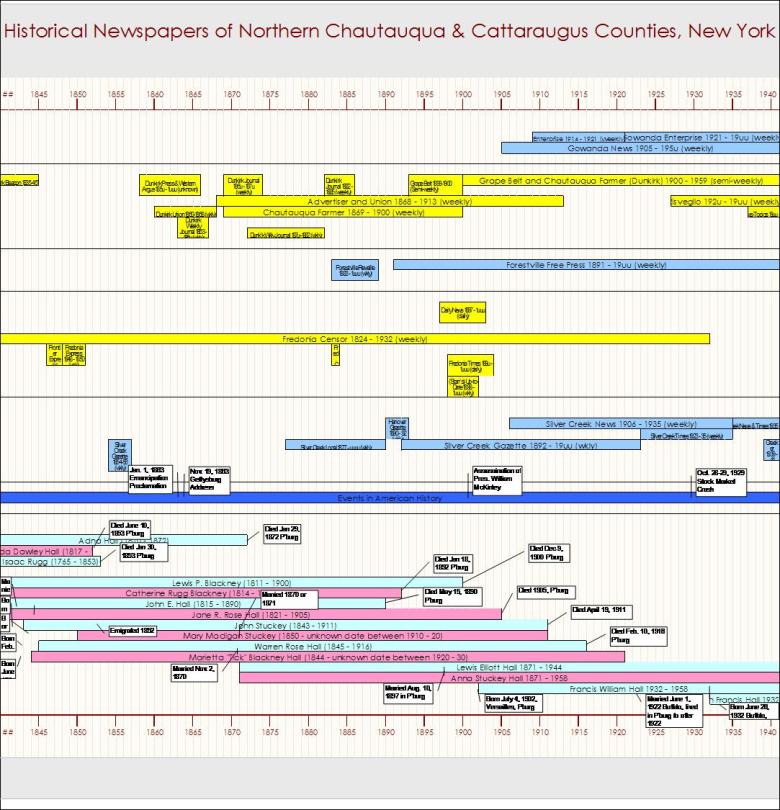I found my second cousin, Gayle F., from a branch of my family tree that I didn’t even know existed only a few months ago! Our grandmothers were sisters. And she has given to me an incomparable gift — knowledge of and pictures (!!!) of family members, including my grandmother, that were mysterious to me only a few months ago (see “My Mysterious Grandmother” post, May 8th).
Gayle is the daughter of Elayne Guss (see “A Shocking Discovery” post, Sept. 28th). I found her through the obituary of her mother who died in 1973, her father who died in 2003, and, of all things, Facebook. I first had a false start, finding another woman with the same name in a nearby city. However, after running out of leads on Google and other sources, it occurred to me to try Facebook. There were 5 Gayle F.’s. She was in the right city, about the right age, and when I looked at her “friends”, I saw two with the last name of her mother (her maiden name). It had to be her. I sent her a note on Facebook with her mother’s name in the title, just to get her attention. I told her who I was and how we were related. She wrote back that night. Sure enough, I had found my second cousin!
Over the next week or so, we corresponded several times. “You have a lot of cousins out here,” she wrote. I told her about my dad and my siblings and their children, and about my own young children. I scanned the letters and cards to my dad (see “My Mysterious Grandmother” post, May 8th) from her mother, Elayne, and her mother’s and my father’s mutual Aunt Edythe, and our mutual great-grandmother Jewell Kabel. I explained that I had never known about her entire wing of the family, and she read my blog entry that mentioned that I had only a single confirmed photo of my grandmother, Wilfred “Billie” Smith Hall, and that explained about the cigar box with the name Edythe Smith written in faint pencil on the bottom, with all the unidentified pictures inside.
And one evening only a few days after I had first contacted her, I received an e-mail from her titled, “First Picture of Many”:
“Janet – Here is the first picture. Probably the one that you wanted the most. This is Billie as a young woman . . .”

Wilfred "Billie" Smith Wedding Day June 1, 1922

Ethel (holding Vera), Billie & Vera Smith circa 1909
I opened it and tears came to my eyes. A young woman of 20 stands in a garden, dressed in a white dress in the style of the 1920’s. She holds flowers up to her cheek and a white ribbon is woven into her hair. It is a picture of my grandmother on her wedding day in 1922.
Later the same night came another four pictures, including the only pictures I have ever seen of my great-grandfather John Smith from Canada (Billie’s father). There was also a picture of Billie and Ethel as children, probably around 7 and 8 years old. Ethel holds a baby named Vera who Gayle has never heard of, and who hasn’t shown up in any of my research. (She likely died young, as many infants did during that era.) I look into the face of Billie in the picture (below) and it’s like looking at a picture of myself when I was that age. Honestly, I am a dead ringer for my grandmother, at least as a child!
She also sent me pictures of my great grandparents John Smith & Jewell Lies Smith (see the link on the left) and my great-great grandparents Peter Lies & Caroline Schorr Lies (see the link on the left).
Gayle then sent me pictures of and information about the next generation of children, my father’s cousins. More pictures of the succeeding generations will be coming soon. And I am sending her the pictures I have of my dad, and of my children, my siblings and their children, and their children’s children.
And thus, through genealogy and the Internet, I now have pictures of and information about “my mysterious grandmother” and other family members that I would never have had otherwise.
This is why I do genealogy!


